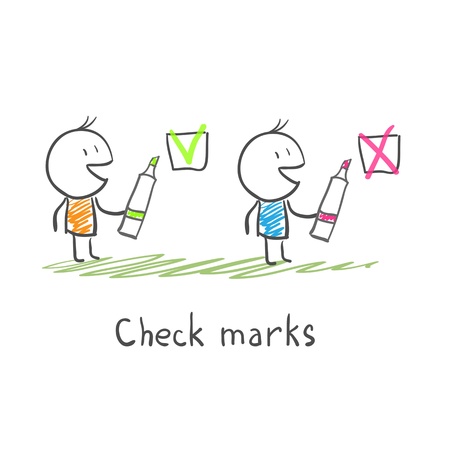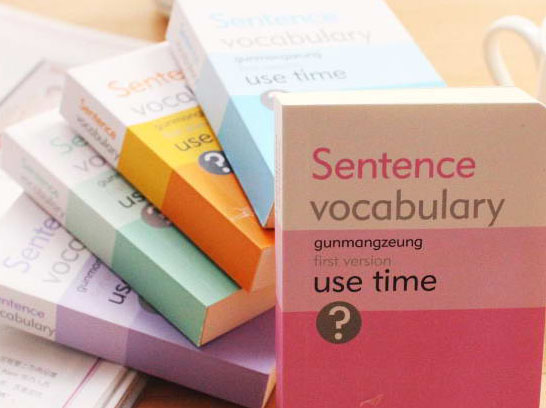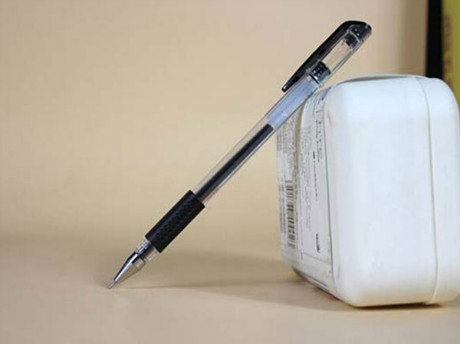真题回忆:3月11日北美SAT写作原文
- 2018年03月29日18:00 来源:小站整理
- 参与(0) 阅读(12768)
下面我们就一起来看看今年3月11日北美SAT写作真题吧,希望能够帮助到大家。
As you read the passage below,consider how kathryn Miles uses
.evidence,such as facts or examples,to support claims.
.reasoning to develop ideas and to connect claims and evidence.
.stylistic or persuasive elements,such as word choice or appeals to emontion,to add power to the ideas expressed.
Our Failing Weather infrastructure
----- by Kathryn Miles, Oct. 30, 2014 (The New York Times)
LAST week the National Weather Service’s satellite network crashed, leaving forecasters without crucial data as a large nor’easter swirled across the East Coast, dumping record levels of rain and leaving thousands of residents without power.
This network shutdown was the latest in a string of failures that has left the agency unable to meet the needs of the nation. Earlier this year, the service’s website collapsed under the weight of data requests from a single Android app. A month earlier, the service’s severe-weather alert system also crashed, creating a major disruption to communication that left residents from Colorado to the mid-Atlantic without key radar and warning information while a string of severe storms swept over their region. And in 2011, the National Weather Service website experienced what one official called a series of “catastrophic failures” just as a massive blizzard marched across the eastern half of the country.
Each of these instances revealed just how fragile our national weather program really is, and how desperately we need to invest significantly more in the weather infrastructure, technology and the kind of communication redundancies that will keep all of us safe.
This is not a new problem. For years, congressional allocations to the National Weather Service have all but flatlined. Meanwhile, the cost of storm recovery has skyrocketed. In the 20 years leading up to Hurricane Sandy in 2012, the United States suffered 133 weather disasters that exceeded $1 billion in damages, for a total of over $875 billion. Sandy, the second-costliest hurricane in the nation’s history, came with a price tag of an estimated $65 billion.
In the months after Sandy, the Department of Commerce issued a service assessment report, which evaluated the National Weather Service’s response to the storm. Its authors discovered understaffed forecasting offices, a shortage of products that convey storm threats to the general public and a real need for more staff training. These findings echoed a similar report issued after Tropical Storm Irene in 2011, which charged that gaps in technology, service and training had complicated forecasters’ ability to do their jobs.
But rather than address these shortages, in 2013 the National Weather Service was forced to put in place a hiring freeze and cut off funding for forecaster training and equipment maintenance, part of an 8.3 percent budget cut that came in the wake of the federal government’s budget sequestration. The National Weather Service now employs 288 fewer forecasters and technicians than it did when Sandy struck.
A report issued earlier this year by the union representing National Weather Service employees estimates that there are more than 500 job vacancies within the agency, 396 of which are considered “emergency essential” — forecasters and technicians who are on the front line of storm prediction and the issuance of watches, warnings and advisories.
For years, the National Hurricane Center has been stymied by what the Sandy assessment report called “a severe staffing shortage” in its technology and science branch, which is responsible for everything from software development to communicating watches and warnings. Thanks to budget constraints, the center employs just one full-time storm surge specialist, despite the fact that storm surge consistently kills more people than wind and is much harder to predict.
Meanwhile, existing forecasters are forced to cope with limitations that make their jobs difficult: radar that crashes, broken wind-detection devices, failing satellites and budget constraints that prevent them from utilizing tools like weather balloons.
Meteorologists at all levels of the National Weather Service are exceedingly talented, hardworking scientists. They can do far more than their jobs currently allow, including issuing seven-day storm forecasts and using global information systems to create surge maps that would assist emergency managers in evacuations. But, as one senior administrator at the National Hurricane Center told me, “we can barely keep the trains running.” And that’s a dangerous proposition for all of us.
This month is the second anniversary of Hurricane Sandy. And while the storm continues to hold the record as both the largest Atlantic hurricane ever and the second-most-expensive storm in our nation’s history, neither is the storm’s real legacy.
More than anything, Sandy revealed just how fragile our meteorological infrastructure has become — and just how vulnerable that makes us all. Currently, thousands of mid-Atlantic residents are still displaced from their homes. A class-action lawsuit against New York City revealed dangerous shortcomings in the city’s emergency management plan. And while meteorologists continue to debate the science behind the superstorm, they remain unified in their certainty that such a disaster will happen again.
An underfunded weather program will ensure that future disasters could be equally catastrophic. This is a matter of national security. If we don’t empower forecasters to do their work, our nation is at risk of losing billions in property and untold numbers of lives. What will make that eventuality all the more tragic is the fact that it will have been almost entirely preventable.
以上就是小站为大家整理的SAT写作真题回忆,希望能够帮助到大家。小站会一直陪在大家身边,备考SAT的宝宝们加油哦。
























